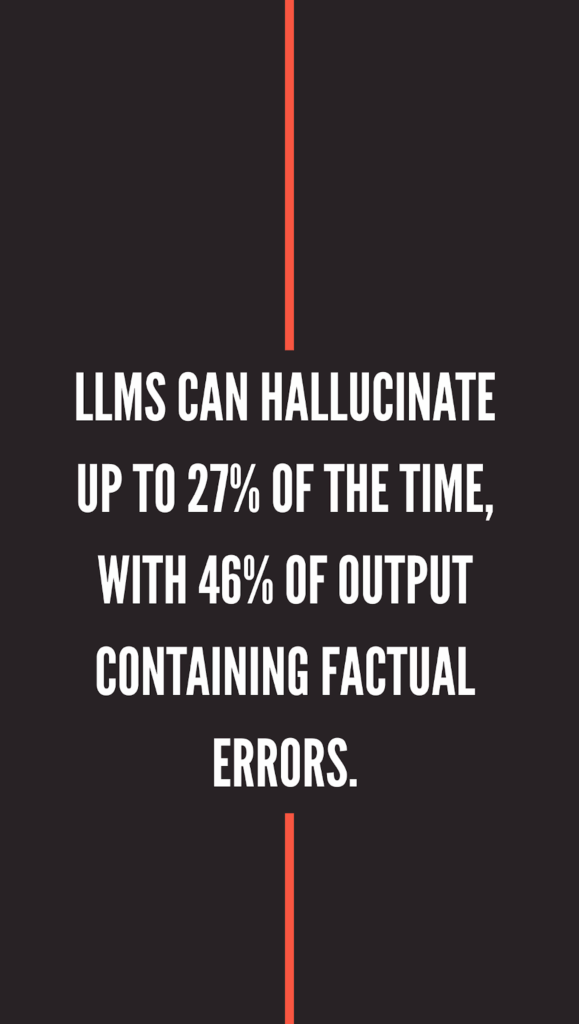Why Human Oversight Matters in AI Invoice Automation: Addressing Prediction Errors and Ensuring Accuracy

Invoice automation has revolutionised how finance teams handle accounts payable. It delivers speed, cost reduction and consistency in invoice processing. However, even the most advanced AI solutions require a human layer to ensure accuracy, prevent errors and maintain trust. Prediction errors, overlooked anomalies and misclassifications can undermine even the best systems. Human oversight remains essential for maintaining dependable invoice automation.
The Power and Limits of AI in Invoice Automation
AI technology drives significant transformation in invoice processing by automating classification, coding, approval workflows and exception handling. The system learns from past invoice data to make increasingly accurate predictions. Finance teams benefit from faster processing cycles, improved auditability and lower operational costs.
However, AI does not eliminate the need for human judgement. While highly capable of recognising recurring patterns and rules, AI can struggle with exceptions or ambiguous data. That is why successful automation strategies blend AI capability with human insight.
Where AI Excels
AI performs exceptionally well at recognising patterns from large volumes of historical data. It consistently applies logic to tasks such as account coding, VAT treatment and workflow routing. Once trained, it handles repetitive invoice processing with impressive efficiency and minimal error.
Where It Falls Short
AI may misinterpret unfamiliar invoice formats, new vendor layouts or edge cases that deviate from historical patterns. It can struggle with handwritten notes, non-standard descriptions or unique payment terms. These gaps highlight the need for ongoing review and manual intervention when needed.
Why Human Oversight Still Matters

AI is powerful, but humans bring the critical thinking required to interpret unusual cases and ensure contextual accuracy. Human reviewers understand business policy nuances, supplier relationships and contract terms that AI cannot always account for. Their role ensures that automation remains accurate, compliant and aligned with business objectives.
By validating AI predictions, finance professionals safeguard data integrity. Their feedback helps refine the system and prevent recurring mistakes. This interaction assists by making the system better and more aligned with real-world operations.
Spotting What AI Might Miss
Humans can catch subtle issues that AI might miss, such as duplicate charges split across invoices, invoices from unapproved suppliers or charges that breach budget thresholds. These are not always detectable through historical patterns and require contextual understanding.
Addressing Prediction Errors Proactively
To maintain accuracy, finance teams must be able to monitor AI predictions and correct them easily. Snowfox’s AI includes confidence scores that help determine when human intervention is required. Low-confidence predictions are flagged for review, while high-confidence predictions can be processed automatically.
This proactive review ensures quality control without slowing down the process. It also feeds valuable feedback into the model, helping it improve over time. Prediction errors are not failures – they are part of the learning cycle that improves automation performance.
Confidence Scores and Smart Review
Every AI suggestion comes with a confidence rating. If confidence is low, the system prompts a reviewer to confirm or adjust the decision. This keeps accuracy high without overburdening users with manual checks.
Teaching the System Through Corrections
When users override predictions, those corrections are stored as learning inputs. Over time, the AI uses these adjustments to improve its logic, reducing similar errors in future processing.
Building Trust in AI for Finance Teams
Human oversight provides a safety net that builds trust in AI systems. When users know they can review and override AI outputs, they feel in control. This encourages adoption, because people feel confident that automation supports their work rather than replacing it.
Audit trails further enhance this trust. Each prediction, correction and approval is recorded with a timestamp and user identity. This transparency makes internal audits easier and ensures accountability across the process.
Best Practices for Human-AI Collaboration
To get the most from invoice automation, finance teams should establish clear processes that balance automation and review. Start by defining which invoices can be auto-processed based on confidence, value or supplier history. Then, set rules for when human review is required.
Teams should also receive training to understand how to interpret AI outputs, correct them efficiently and flag unusual cases. This ensures that everyone is aligned on how to work with the system and helps maintain accuracy.
Regularly reviewing exception trends and correction logs can uncover weak spots in the model and identify training needs. Collaboration between finance, IT and system vendors ensures continuous improvement.
Training and Change Management
Successful adoption depends on equipping users with the skills and confidence to work with automation. Training sessions, user guides and continuous support help teams learn how to utilise the system effectively.
Define Boundaries for Automation
Decide which invoices are suitable for straight-through processing and which need manual checks. This can be based on value, vendor type or internal policy, and should evolve as the AI becomes more accurate.
Human-AI Oversight Makes Automation Smarter and Safer
AI invoice automation brings unmatched speed and consistency. But it works best when humans remain involved. Oversight ensures accuracy, compliance and adaptability. It allows automation to scale without compromising quality.
Finance teams that embrace a partnership between AI and human expertise gain the most value: faster processing and greater confidence in their systems. See how Snowfox combines AI performance with human oversight to deliver smart, dependable invoice automation by viewing our product page.